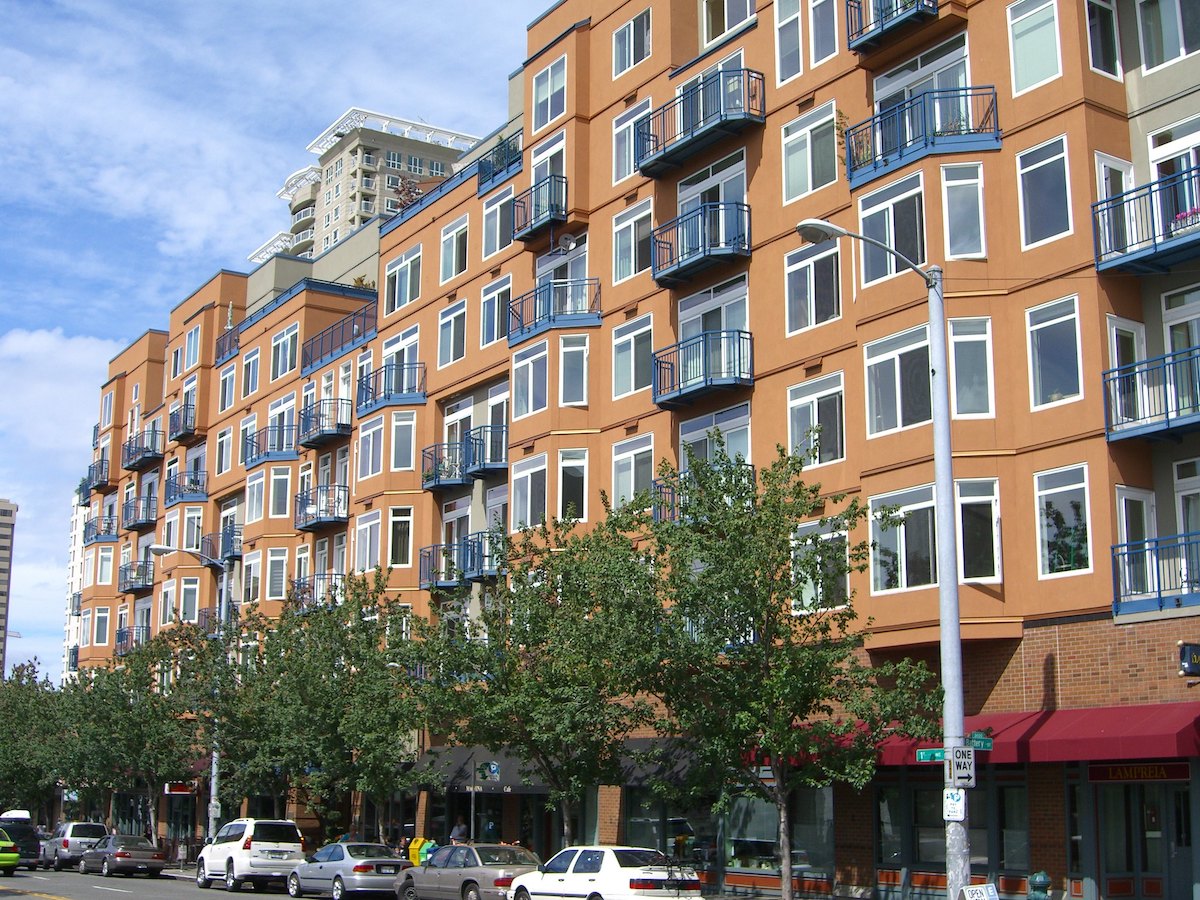Getting By on Reduced Supply: The Impact of Affordability Mandates

Housing prices in Seattle have soared as the city’s population has grown dramatically in recent decades. In response, policymakers in Seattle have implemented various strategies to try to increase housing affordability. One of these is the Mandatory Housing Affordability (MHA) program. MHA aims to increase the production of affordable housing in certain neighborhoods by increasing the allowable density, while also requiring that all new projects contribute funds to affordable housing.
A new report from NYU’s Furman Center by Jacob Krimmel and Betty Wang looks into the impacts of Seattle’s MHA policy on the supply and geographic distribution of new housing. The authors use a difference-in-difference estimation to quantify the effect of MHA on new units permitted in Census blocks within MHA zones and in Census blocks not subject to MHA’s affordability mandate.
Key takeaways:
- While there was not a citywide decline in housing supply after MHA was enacted, there was a decline in housing permitted in Census blocks within MHA zones.
- In fact, there was an increase in housing permitted outside of MHA zones, especially in nearby Census blocks that were not subject to MHA’s affordability requirement.
- These findings suggest that the costs imposed by the affordability requirement outweighed the benefits granted by the increase in allowed density.
MHA’s two-pronged strategy relaxes land-use regulations while also encouraging the production of deed-restricted affordable housing in high-opportunity neighborhoods with a low chance of displacement. It uses a mix of “carrots” (higher allowed density) and “sticks” (the required affordability contribution.) Since this type of “inclusionary zoning” functions as a tax on development, developers in Seattle must calculate if the increase in allowed density can offset the higher cost of development.
To fulfill the affordability contribution requirement, developers can choose to either build deed-restricted affordable units onsite or pay into the city’s affordable housing fund. In its first year at full scale, 98 percent of developers chose to pay into the affordable housing fund rather than build units onsite, suggesting that providing affordable units onsite was too high of a cost to developers.
To assess the impacts of the MHA program on housing supply, Krimmel and Wang use a difference-in-difference estimation at the Census block level. The authors use eight years of permitting data and look at two samples to assess program impacts: all Census blocks in the city and “border” Census blocks, i.e. those that are not within MHA zones but are located within a larger census tract that includes at least some MHA area.
Relative to non-MHA zones, MHA zones experienced statistically significant declines in the number of permits issued and new units built.
On all measures, the estimated effects were larger in the border tracts. This indicates that developers are steering away from Census blocks that are within MHA zones and toward nearby blocks that are not subject to MHA. The authors also observe a significant decrease in net multifamily units after MHA was adopted. As one of MHA’s goals was to encourage the development of multifamily housing, this decrease is troubling.
The report highlights the potential consequences on development when affordability mandates are too costly and/or density bonuses are an insufficient incentive. Policymakers interested in developing inclusionary zoning programs that actually improve housing affordability should thus carefully consider the balance of costs and benefits.
Photo of Seattle multifamily housing by Eric Fredericks